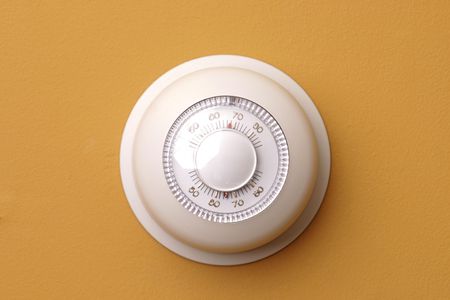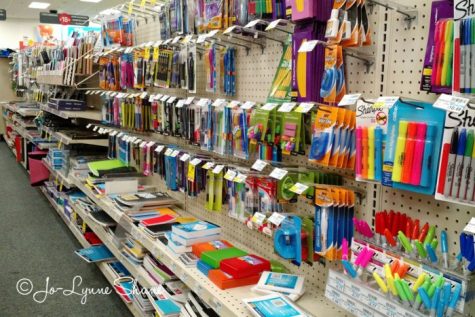Temperatures in Classrooms

March 3, 2019
Have you ever experienced the semi-conscious state of boredom as your teacher lectures during class? You may believe that your weariness is due to an absence of sleep or the absolute lack of stimulating content in your course. Although these are perfectly valid causes for drowsiness, there is evidence that hotter classrooms drastically reduce memory and a student’s ability to learn. However much I would enjoy targeting the teachers who undoubtedly expend a fortune heating their room to a near-tropical climate, I will allow the statistics to do the talking. A study published by the U.S. National Bureau of Economic Research, conducted by academic researchers from Harvard, the University of California Los Angeles (UCLA) and Georgia State University, believe they have the first clear evidence demonstrating that when temperatures increase, school performance and concentration diminishes. After analyzing 10 million test scores of high school students between 2001 and 2014, researchers concluded that “for every 0.55 C (~1 F) increase in average temperature over the year, there was a 1% decrease in learning.” However, remember that the damaging impact only  begins after the temperature surpasses 21 C or ~69.8 F. To combat the decrease in learning, I suggest you bring a thermometer to class and request the teacher add a single percentile to your grade for every degree their classroom exceeds 69.8 F. If teachers find this unfair, which they almost certainly will, responsibility now falls upon the school to standardize temperatures throughout all facilities, maximizing the efficiency of every student. Regardless of the potential reforms, I most sincerely applaud every teacher who sustains a reasonable temperature in their classrooms. As for the those who somehow expect to teach effectively to already sleep-deprived teenagers in a sweltering classroom, despite sub-freezing temperatures outside, I remain utterly dumbfounded.
begins after the temperature surpasses 21 C or ~69.8 F. To combat the decrease in learning, I suggest you bring a thermometer to class and request the teacher add a single percentile to your grade for every degree their classroom exceeds 69.8 F. If teachers find this unfair, which they almost certainly will, responsibility now falls upon the school to standardize temperatures throughout all facilities, maximizing the efficiency of every student. Regardless of the potential reforms, I most sincerely applaud every teacher who sustains a reasonable temperature in their classrooms. As for the those who somehow expect to teach effectively to already sleep-deprived teenagers in a sweltering classroom, despite sub-freezing temperatures outside, I remain utterly dumbfounded.




